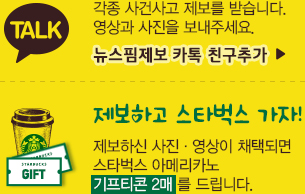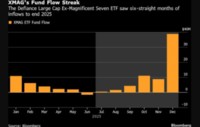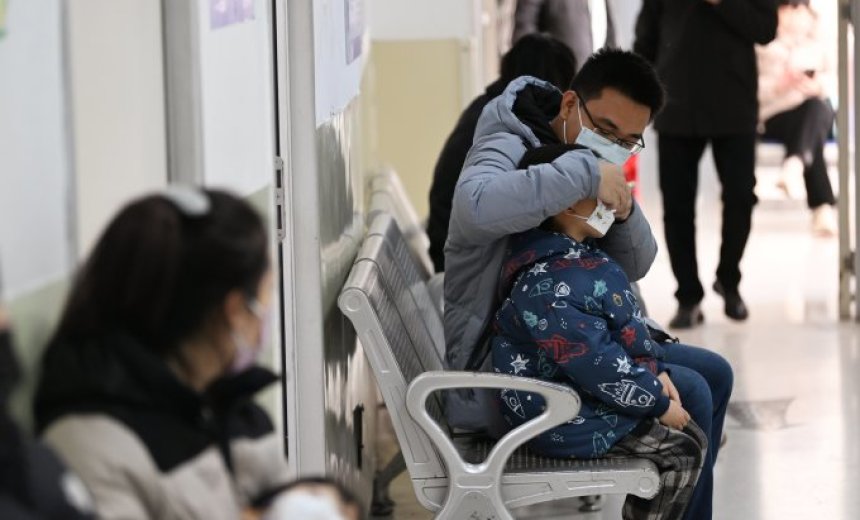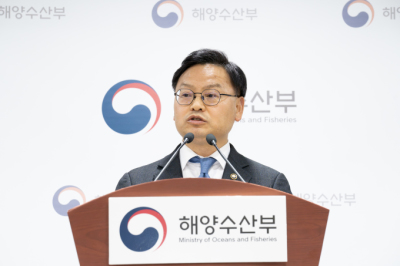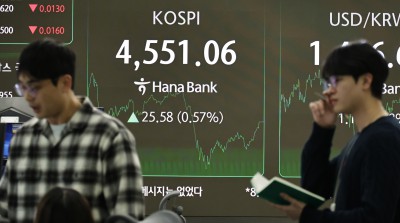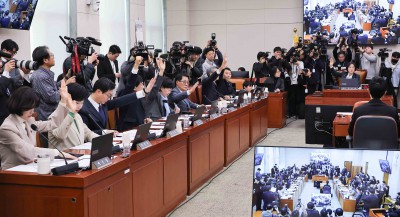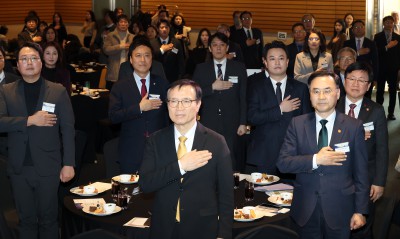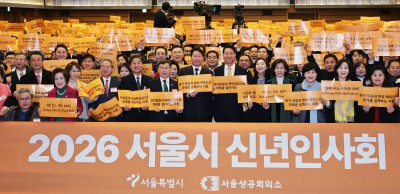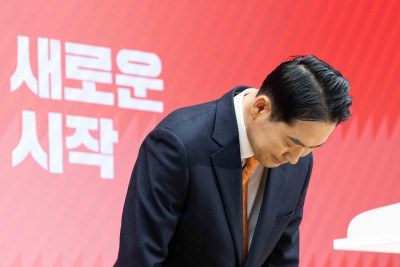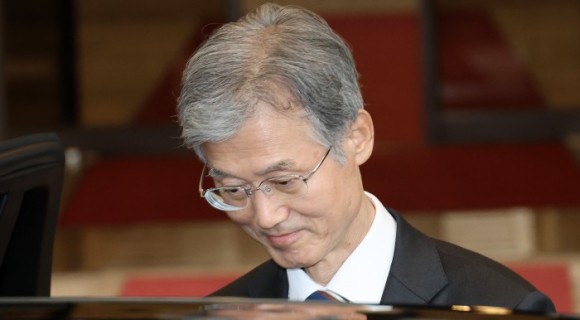[서울=뉴스핌] 최원진 기자= 세계보건기구(WHO)가 30일(현지시간) 신종 코로나바이러스(2019-nCoV·이하 '우한 코로나') 확산에 대해 '국제 공중보건 비상사태'(Public Health Emergency of International Concern·PHEIC)를 선포했다.
테드로스 아드하놈 게브레예수스 WHO 사무총장은 이날 스위스 제네바 본부에서 16명 개별 전문가로 구성된 긴급위원회 회의 후 기자회견을 통해 우한 코로나에 대한 국제 공중보건 비상사태를 선포한다고 발표했다.
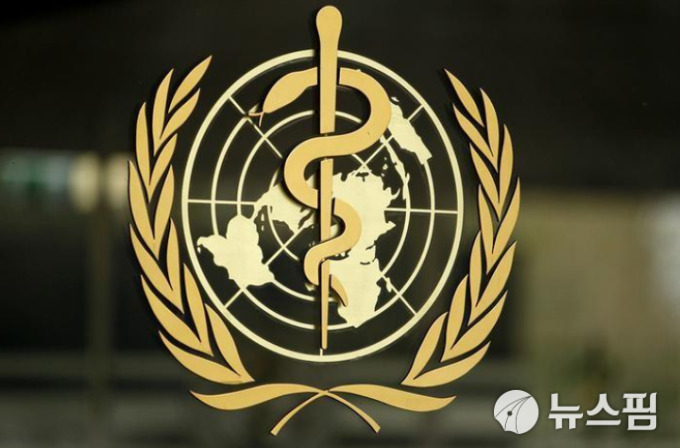
앞서 WHO는 지난 22일 긴급위원회 회의를 소집했으나 아직 비상사태를 선포할 단계가 아니라며 보류했었다.
게브레예수스 사무총장은 "최근 이전에 알지 못했던 병원체의 출현을 목격했고, 대응에도 불구하고 우리는 전례없는 (우한 코로나) 확산 사태를 목도하고 있다"며 이번 비상사태 선포 배경을 설명했다.
또, 비상사태는 "중국에 대한 불신임 투표를 하는 것이 아니라는 점을 분명히 한다"며 중국의 대처 능력을 못 믿는 것이 아닌 "이 바이러스가 향후 취약한 보건 시스템을 지닌 국가들로 확산될 잠재성에 대해 크게 우려"하고 있기에 기구가 내린 결정이라고 덧붙였다.
이로써 WHO는 에볼라 바이러스, 지카 바이러스 등에 이어 여섯 번째로 비상사태를 선포하게 됐다.
국제 공공보건 비상사태가 선포되면 WHO 회원 194개국은 24시간 이내에 자국 내 질병 감염 및 확산 상황을 기구에 보고해야 하며 기구는 해당 보고들을 참고해 질병 확산 방지 조치를 취한다.
기구는 우선 전문가들을 중국으로 파견하고 중국 당국·전문가들과 협력해 신종 코로나 바이러스 숙주 동물 조사에 나선다. 질병 확산과 사람 간 전염 규모를 파악해 상황판단에 필요한 정보를 수집한다.
위원회는 신종 코로나 발생 거점인 후베이성 외곽 지역에 대한 감시 강화 필요성을 강조했다. 또, 잠재적으로 여행 및 교역 활동을 해치지 않게끔 질병 확산을 통제할 수 있는 비례적인 조치 논의에 회원국들이 참여해줄 것을 요청했다.
위원회는 중국에 중국 전역의 감시 강화와 바이러스 숙주 동물 조사, 모든 전염 사례에 대한 완전한 자료 공유를 계속하길 요구했다. 다른 회원국들에게는 사람 감염 감소, 2차 감염 및 국제적 확산 방지에 노력을 기울여야 하며 다국간 소통 및 협업과 바이러스 및 질병에 대한 지식증진·연구에 적극적인 참여를 요청했다.
◆ 아래는 WHO가 신종 코로나바이러스에 대해 선포한 '국제 공중보건 비상사태' 성명 전문이다.
The second meeting of the Emergency Committee convened by the WHO Director-General under the International Health Regulations (IHR) (2005) regarding the outbreak of novel coronavirus 2019-nCoV in the People's Republic of China, with exportations to other countries, took place on Thursday, 30 January 2020, from 13:30 to 18:35 Geneva time (CEST). The Committee's role is to give advice to the Director-General, who makes the final decision on the determination of a Public Health Emergency of International Concern (PHEIC). The Committee also provides public health advice or suggests formal Temporary Recommendations as appropriate.
Proceedings of the meeting
Members and advisors of the Emergency Committee were convened by teleconference.
The Director-General welcomed the Committee and thanked them for their support. He turned the meeting over to the Chair, Professor Didier Houssin.
Professor Houssin also welcomed the Committee and gave the floor to the Secretariat.
A representative of the department of Compliance, Risk management, and Ethics briefed the Committee members on their roles and responsibilities.
Committee members were reminded of their duty of confidentiality and their responsibility to disclose personal, financial, or professional connections that might be seen to constitute a conflict of interest. Each member who was present was surveyed and no conflicts of interest were judged to be relevant to the meeting. There were no changes since the previous meeting.
The Chair then reviewed the agenda for the meeting and introduced the presenters.
Representatives of the Ministry of Health of the People's Republic of China reported on the current situation and the public health measures being taken. There are now 7711 confirmed and 12167 suspected cases throughout the country. Of the confirmed cases, 1370 are severe and 170 people have died. 124 people have recovered and been discharged from hospital.
The WHO Secretariat provided an overview of the situation in other countries. There are now 82 cases in 18 countries. Of these, only 7 had no history of travel in China. There has been human-to-human transmission in 3 countries outside China. One of these cases is severe and there have been no deaths.
At its first meeting, the Committee expressed divergent views on whether this event constitutes a PHEIC or not. At that time, the advice was that the event did not constitute a PHEIC, but the Committee members agreed on the urgency of the situation and suggested that the Committee should continue its meeting on the next day, when it reached the same conclusion.
This second meeting takes place in view of significant increases in numbers of cases and additional countries reporting confirmed cases.
Conclusions and advice
The Committee welcomed the leadership and political commitment of the very highest levels of Chinese government authorities, their commitment to transparency, and the efforts made to investigate and contain the current outbreak. China quickly identified the virus and shared its sequence, so that other countries could diagnose it quickly and protect themselves, which has resulted in the rapid development of diagnostic tools.
The very strong measures the country has taken include daily contact with WHO and comprehensive multi-sectoral approaches to prevent further spread. It has also taken public health measures in other cities and provinces; is conducting studies on the severity and transmissibility of the virus and sharing data and biological material. The country has also agreed to work with other countries who need their support. The measures China has taken are good not only for that country but also for the rest of the world.
The Committee acknowledged the leading role of WHO and its partners.
The Committee also acknowledged that there are still many unknowns, cases have now been reported in five WHO regions in one month, and human-to-human transmission has occurred outside Wuhan and outside China.
The Committee believes that it is still possible to interrupt virus spread, provided that countries put in place strong measures to detect disease early, isolate and treat cases, trace contacts, and promote social distancing measures commensurate with the risk. It is important to note that as the situation continues to evolve, so will the strategic goals and measures to prevent and reduce spread of the infection. The Committee agreed that the outbreak now meets the criteria for a Public Health Emergency of International Concern and proposed the following advice to be issued as Temporary Recommendations.
The Committee emphasized that the declaration of a PHEIC should be seen in the spirit of support and appreciation for China, its people, and the actions China has taken on the frontlines of this outbreak, with transparency, and, it is to be hoped, with success. In line with the need for global solidarity, the committee felt that a global coordinated effort is needed to enhance preparedness in other regions of the world that may need additional support for that.
Advice to WHO
The Committee welcomed a forthcoming WHO multidisciplinary technical mission to China, including national experts. The mission should review and support efforts to investigate the animal source of the outbreak, the clinical spectrum of the disease and its severity, the extent of human-to-human transmission in the community and in healthcare facilities, and efforts to control the outbreak. This mission will provide information to the international community to aid in understanding the situation and its impact and enable sharing of experience and successful measures.
The Committee wished to re-emphasize the importance of studying the possible source, to rule out ongoing hidden transmission.
The Committee also emphasized the need for enhanced surveillance in regions outside Hubei, including pathogen genomic sequencing, to understand whether local cycles of transmission are occurring.
The Committee would welcome strong leadership to engage in the discussion about proportionality in control measures, particularly with regard to potentially damaging travel and trade restrictions.
WHO should continue to use its networks of technical experts to assess how best this outbreak can be contained globally.
WHO should provide intensified support for preparation and response, especially in vulnerable countries and regions.
Measures to ensure rapid development and access to potential vaccines, diagnostics, antiviral medicines and other therapeutics for low- and middle-income countries should be developed.
WHO should continue to provide all necessary technical and operational support to respond to this outbreak, including with its extensive networks of partners and collaborating institutions, to implement a comprehensive risk communication strategy, and to allow for the advancement of research and scientific developments in relation to this novel coronavirus.
WHO should continue to explore the advisability of creating an intermediate level of alert between the binary possibilities of PHEIC or no PHEIC, in a way that does not require reopening negotiations on the text of the IHR (2005).
The Director-General declared that the outbreak of 2019-nCoV constitutes a PHEIC, accepted the Committee's advice and issued this advice as Temporary Recommendations under the IHR (2005).
To the People's Republic of China
Continue to:
Implement a comprehensive risk communication strategy to regularly inform the population on the evolution of the outbreak, the prevention and protection measures for the population, and the response measures taken for its containment.
Enhance rational public health measures for containment of the current outbreak.
Ensure the resilience of the health system and protect the health workforce.
Enhance surveillance and active case finding across China.
Collaborate with WHO and partners to conduct investigations to understand the epidemiology and the evolution of this outbreak and measures to contain it.
Share full data on all human cases.
Strengthen the efforts to identify a zoonotic source of the outbreak, and particularly the potential for ongoing circulation with WHO as soon as it becomes available.
Conduct exit screening at international airports and ports, with the aim of early detection of symptomatic travelers for further evaluation and treatment, while minimizing interference with international traffic.
To all countries
It is expected that further international exportation of cases may appear in any country. Thus, all countries should be prepared for containment, including active surveillance, early detection, isolation and case management, contact tracing and prevention of onward spread of 2019-nCoV infection, and to share full data with WHO. Technical advice is available on the WHO website.
Countries are reminded that they are legally required to share information with WHO under the IHR (2005).
Countries should place particular emphasis on reducing human infection, prevention of secondary transmission and international spread, and contributing to the international response though multi-sectoral communication and collaboration and active participation in increasing knowledge on the virus and the disease, as well as advancing research.
The Committee acknowledged that, in general, evidence has shown that restricting the movement of people and goods during public health emergencies may be ineffective and may divert resources from other interventions. Further, restrictions may interrupt needed aid and technical support, may disrupt businesses, and may have negative effects on the economies of countries affected by the emergencies.
However, in certain specific circumstances, measures that restrict the movement of people may prove temporarily useful, such as in settings with limited response capacities and capabilities, or where there is high intensity of transmission among vulnerable populations.
In such situations, countries should perform risk and cost-benefit analyses before implementing such restrictions to assess whether the benefits would outweigh the drawbacks. Countries must inform WHO about any travel measures taken, as required by the IHR. Countries are cautioned against actions that promote stigma or discrimination, in line with the principles of Article 3 of the IHR.
The Committee asked the Director-General to provide further advice on these matters and, if necessary, to make new case-by-case recommendations, in view of this rapidly evolving situation.
To the global community
As this is a new coronavirus, and it has been previously shown that similar coronaviruses required substantial efforts to enable regular information sharing and research, the global community should continue to demonstrate solidarity and cooperation, in compliance with Article 44 of the IHR (2005), in supporting each other on the identification of the source of this new virus, its full potential for human-to-human transmission, preparedness for potential importation of cases, and research for developing necessary treatment.
Provide support to low- and middle-income countries to enable their response to this event, as well as to facilitate access to diagnostics, potential vaccines and therapeutics.
Under Article 43 of the IHR, States Parties implementing additional health measures that significantly interfere with international traffic (refusal of entry or departure of international travellers, baggage, cargo, containers, conveyances, goods, and the like, or their delay, for more than 24 hours) are obliged to send to WHO the public health rationale and justification within 48 hours of their implementation. WHO will review the justification and may request countries to reconsider their measures. WHO is required to share with other States Parties the information about measures and the justification received.
The Emergency Committee will be reconvened within three months or earlier, at the discretion of the Director-General.
The Director-General thanked the Committee for its work.
wonjc6@newspim.com




